Post-nasal drip refers to an accumulation of mucus in the back of the throat, which results in a cough, sore throat, and an urge to swallow or clear your throat. It is a common symptom that develops because of bacterial and viral infections, allergies, and irritants in the air, such as smoke, chemical fumes, and other kinds of pollution.
Excess mucus in the throat can be uncomfortable and cause distress, but fortunately, it is not as dangerous as it seems. Several treatment options and home remedies help relieve the most bothersome symptoms and, with time, get rid of this condition.
Please continue reading to learn more about post-nasal drip, including causes, triggers, treatment options, and ways to prevent it from developing.
Post-nasal drip is a common complaint that accompanies many health conditions. Most people experience it because it can be triggered by the most mundane threats to human health, including allergies, common colds, viral and bacterial infections, spicy food, and pregnancy. Moreover, it can develop due to air pollution, so people living in the largest cities are particularly at risk of experiencing it at some point in their lives.
Post-nasal drip is not dangerous and rarely becomes serious. However, if the mucus is black, it may indicate a severe health condition. Moreover, if you experience post-nasal drip a lot, it may mean that your body's immune system is compromised. Nevertheless, only your healthcare provider can tell you whether that stems from something dangerous or a minor issue.
The post-nasal drip itself is not contagious, but the underlying conditions that may cause it, such as viral or bacterial infections, can be spread from person to person. However, if post-nasal drip develops due to other reasons, such as air pollution, certain medication, or pregnancy, it is not possible to transmit it to another person.
A change in mucus color usually indicates a health issue. It may mean that something is going on in your body, but you may not be able to connect the dots yet. If it changes its color to black, brown, white, green, pink, red, or yellow, it is a warning sign indicating a specific issue.
Here is what each color of the snot may indicate:
Clear mucus is a correct look of mucus![]() . It is constantly produced by nasal tissues, even when you sleep. It consists of water, dissolved salts, antibodies, and proteins. Although clear mucus is considered a healthy color, some allergies may still occur without affecting it.
. It is constantly produced by nasal tissues, even when you sleep. It consists of water, dissolved salts, antibodies, and proteins. Although clear mucus is considered a healthy color, some allergies may still occur without affecting it.
Black mucus is usually observed in people exposed to air pollution or smoke. Smokers, people who use illegal drugs, or workers who breathe in debris at their workplace may develop black mucus.
Often, black mucus may occur due to a severe fungal infection. However, they are not likely to affect a healthy person. However, if your immune system is compromised, you are at a greater risk of black snot, potentially indicating a dangerous infection of fungal origin.
Like black mucus, the brown color of snot can indicate exposure to smoke and pollution. Some people may also get it after inhaling paprika, dirt, or snuff.
Brown mucus may also occur if you blow your nose too hard, causing bleeding. In that scenario, the brown tint of your snot results from dried blood inside the nose. However, if other health issues appear along with brown mucus, it may indicate another health condition.
White mucus can be a sign of an infection or cold. It usually appears when the nose is swollen and inflamed, affecting the produced mucus. It can also be a result of exposure to smoke or pollution.
If your mucus is green, it is packed with dead white blood cells![]() . It usually occurs in people who have an infection and indicates that a body is fighting with a bacteria or a virus.
. It usually occurs in people who have an infection and indicates that a body is fighting with a bacteria or a virus.
Pink or red mucus appears when there is bleeding in the nasal passages. It can occur if the nasal tissue breaks, after you blow your nose too hard, or when you develop a severe health condition like cancer.
Based on the color alone, it's difficult to determine if red mucus indicates a severe issue. In many cases, it happens because of minor damage or irritation of the nasal tissues and resolves quickly. However, if other symptoms accompany it, it could be a good reason to visit a doctor.
Yellow mucus may mean that you have an infection or common cold that is gradually getting worse. The yellow color comes from the white blood cells, which got discarded after doing their job fighting an infection.
Post-nasal drip can occur due to health conditions. These include:
Post-nasal drip can also develop in children because of the object stuck in the nose.
Several things may increase the risk of post-nasal drip. These are often called triggers because they either start or worsen the symptoms. Whether they cause short or long-term issues depends on a person's response to these factors. They usually include the following:

A telltale sign of post-nasal drip is the feeling of a lump in your throat. This results in discomfort and a constant need to clear your throat. In addition, you may experience the following health issues:
In healthy people, swallowing mucus is automatic and does not cause symptoms. This is because the amount of mucus is too small to result in discomfort and the mentioned health issues. But when the body starts producing too much mucus, you become more self-aware to swallow and clear your throat. It may occur as a response to an infection or health condition and become a long-term issue, or it can resolve within a day, causing only mild symptoms.
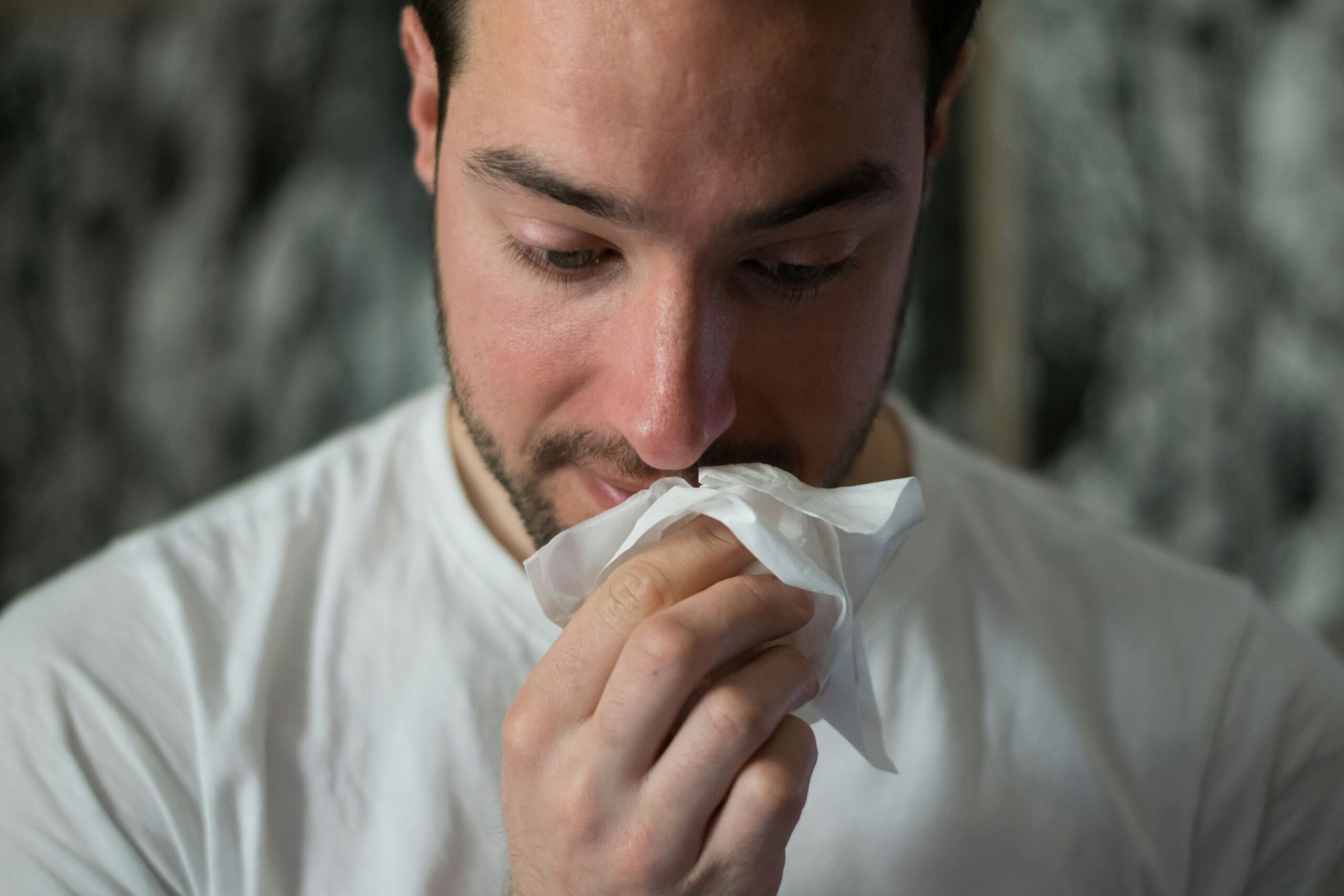
Doctors can usually diagnose post-nasal drip after reviewing the symptoms and physical examination of a person's nose, throat, and ears. If there is a need to rule out other conditions, they may order the following tests:
Determining an underlying cause of post-nasal drip is vital for choosing the right treatment strategy. For example, medications and procedures used to treat it are not the same for people who developed it because of allergies and those who have it due to infections. Health conditions that cause it, such as gastroesophageal reflux disease (GERD) or a deviated septum, require an even more personalized approach.
Here are the strategies doctors use to treat post-nasal drip depending on the cause:
If post-nasal drip develops due to deviated septum![]() – a structural abnormality of the nose – you may need surgery to resolve this issue. The procedure is called septoplasty and aims to straighten the septum, which treats post-nasal drip once and for all.
– a structural abnormality of the nose – you may need surgery to resolve this issue. The procedure is called septoplasty and aims to straighten the septum, which treats post-nasal drip once and for all.
A post-nasal drip can be your body's allergic response to various irritants. To address this issue, you must first learn your triggers. Avoiding things aggravating your symptoms is vital to eliminating post-nasal drip. To relieve symptoms, you may need to try some medicines, including:
Chronic acid reflux (GERD) may cause post-nasal drip. You will need to start treatment for GERD to get rid of post-nasal drip. Treatment strategies include:
If bacterial infection causes post-nasal drip, treating it will also eliminate the symptoms of post-nasal drip. Your healthcare provider may recommend the following medications:
The prognosis for post-nasal drip depends on many factors, including underlying causes, exposure to air pollution and irritants, allergies, and immune system performance. In many cases, it is a symptom rather than a standalone condition, and treating the underlying cause improves the outlook for this condition.
In cases where the underlying cause is chronic or challenging to identify, management strategies may be needed to control symptoms. It's essential to consult with a healthcare professional for an accurate diagnosis and appropriate treatment plan. They may recommend lifestyle modifications, medications, or other interventions based on the specific cause of post-nasal drip.
If your symptoms do not improve after a few days or are very bothersome, you should not hesitate to schedule an appointment with your healthcare provider. Postnasal drip may indicate that your immune system is trying to fight a virus or bacteria or that your body is responding allergically to an irritant. Your doctor should determine which one is the case and provide an adequate treatment plan suited to your specific needs.
Preventing post-nasal drip may not be possible if your immune system is compromised or if you are suffering from chronic health conditions. However, you may still benefit from following specific guidelines and lifestyle tips to reduce the risk of post-nasal drip or make your symptoms less bothersome and less frequent. Here are some general tips that may help:
Post-nasal drip is the accumulation of mucus in the throat, causing symptoms like coughing, sore throat, and a constant urge to clear the throat. Infections, allergies, and irritants like smoke and pollution commonly trigger it. While not dangerous in itself, it can result from various health conditions.
Common causes of post-nasal drip include allergies, GERD, bacterial and viral infections, deviated septum, hormonal changes, and sinusitis. Various triggers, such as heated or dry spaces, certain medications, spicy food, and chemical fumes, can worsen symptoms.
Post-nasal drip symptoms include a lump in the throat, coughing (often worse at night), sore throat, frequent throat clearing, and bad breath.
The treatment of postnasal drip depends on the cause. Allergies may require avoiding triggers and medications. GERD-related post-nasal drip may need lifestyle changes and medications, while bacterial infections may necessitate antibiotics. Structural issues like a deviated septum might require surgery.
Table of Contents
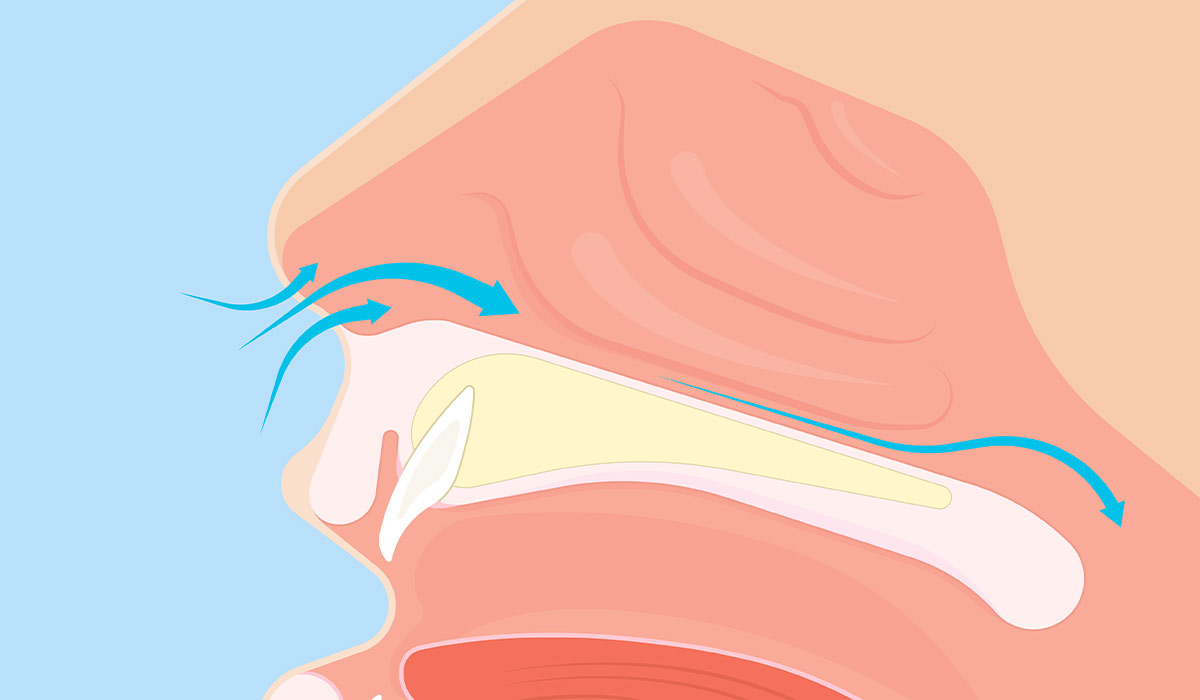
A deviated nasal septum causes many problems. What are the causes of this condition? What is the diagnosis and treatment… read more »
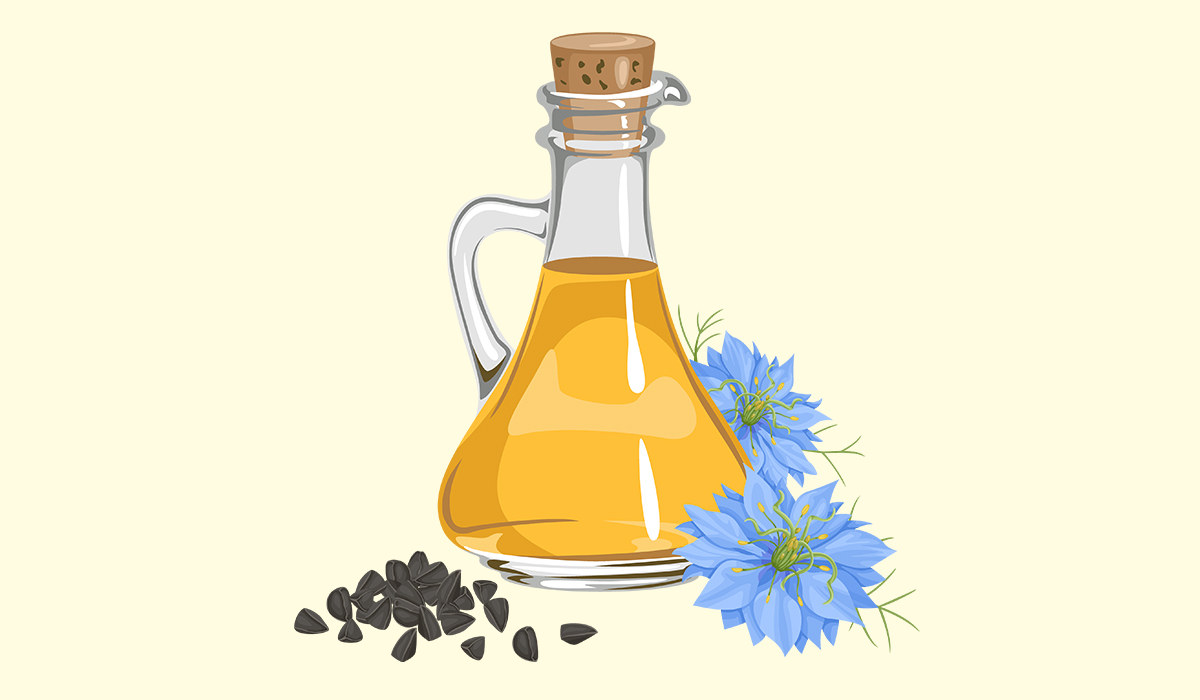
Healthier heart, lungs and kidneys. Black cumin oil is a plant product known for its many health benefits. Find out… read more »

A runny is a common symptom characterized by the discharge of mucus from the nasal passages. How to deal with… read more »
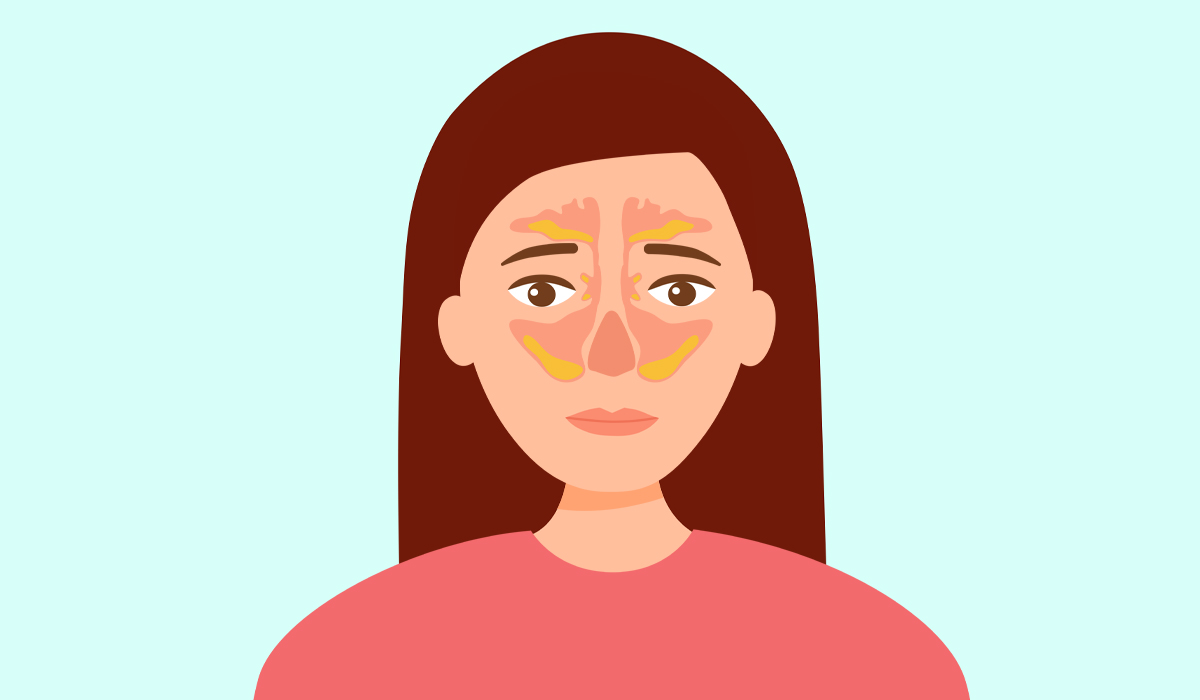
Sinusitis manifests with a recurrent runny nose, pain when moving the head, and a feeling of expansion in the forehead… read more »
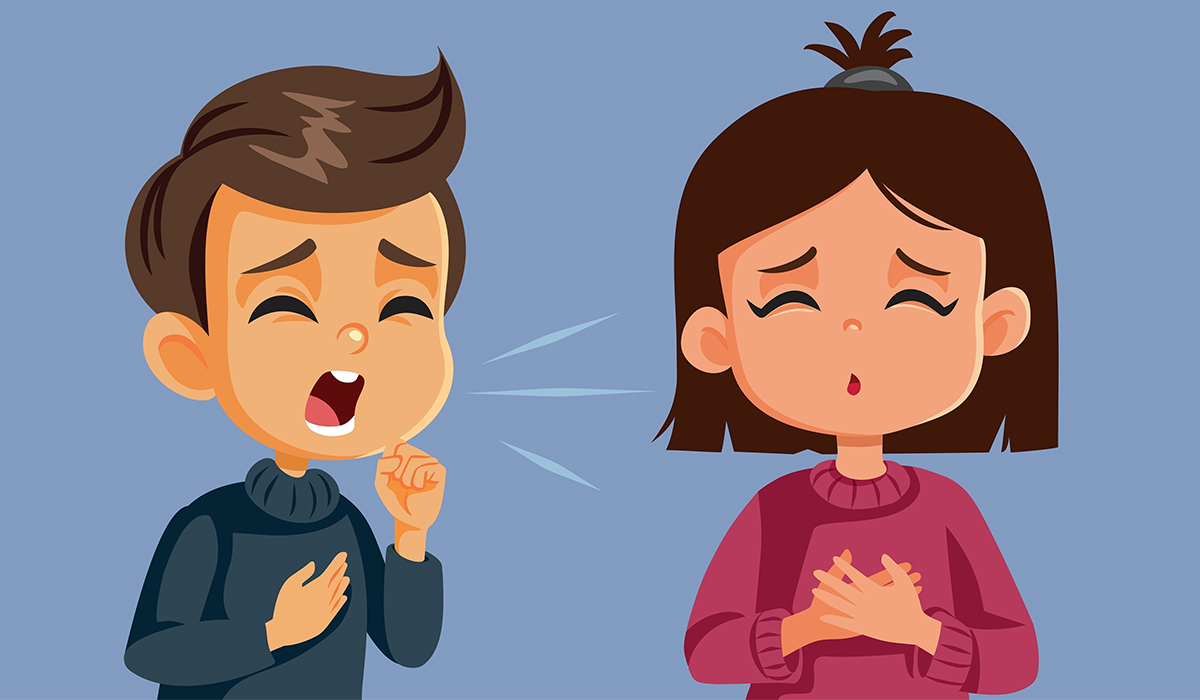
Cough is a natural, necessary reflex that protects the body from factors such as germs and pollens. When it is… read more »
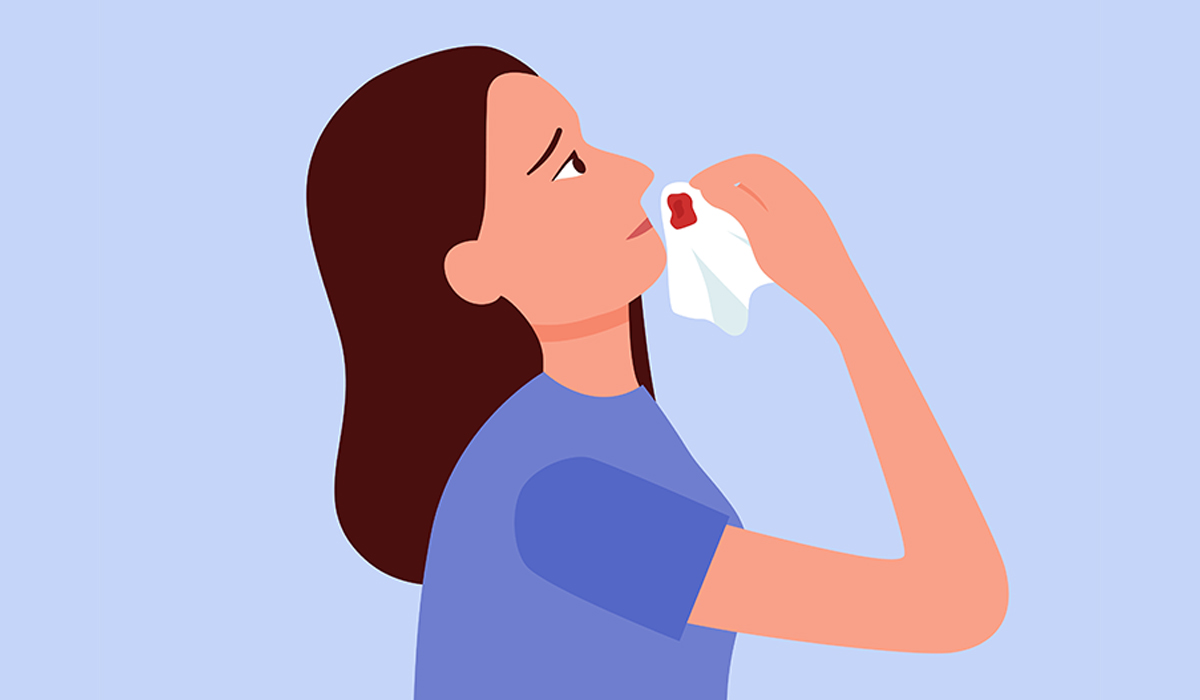
A nosebleed, which doctors call epistaxis, is when blood comes from inside the nose. This can happen for many reasons,… read more »
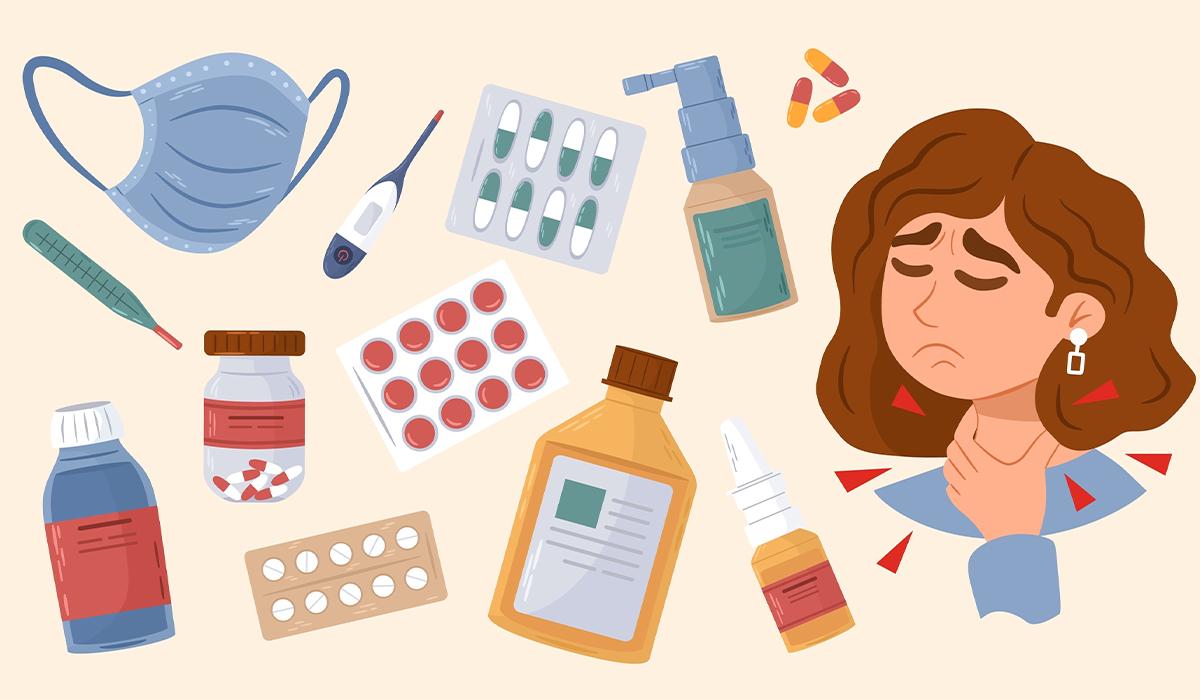
Discover Sore Throat Remedies for quick and effective pain relief. Many herbs and foods have healing properties. Learn how to… read more »
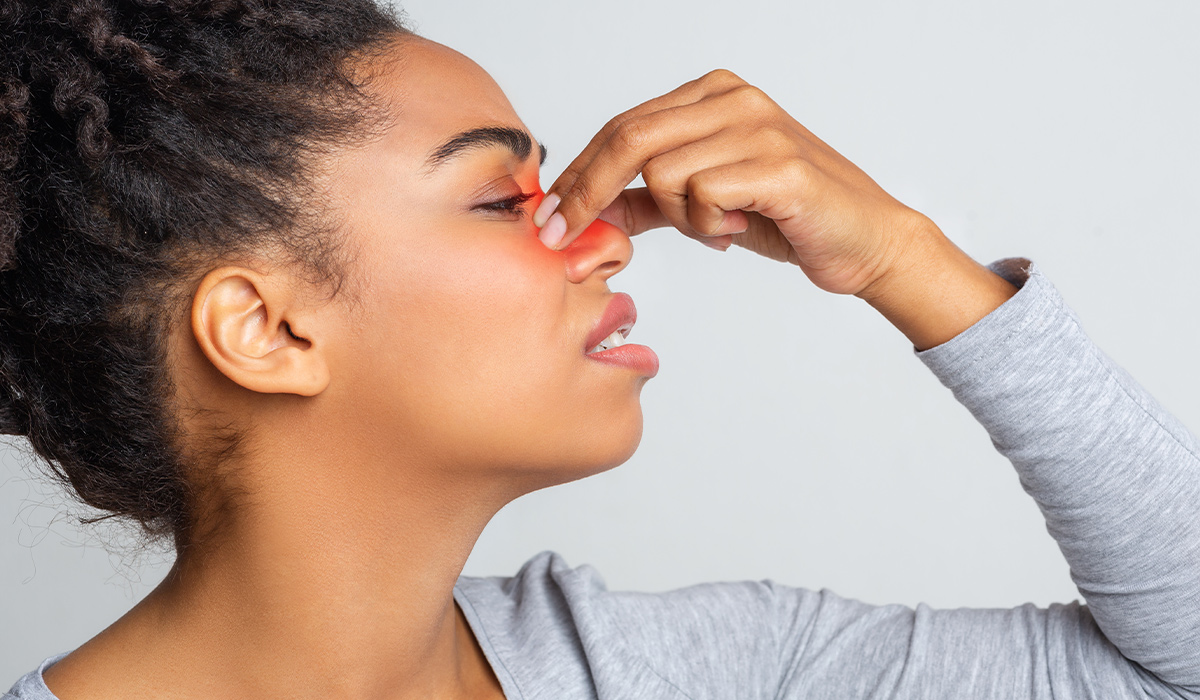
Sinusitis is a common disease. Learn how to recognize sinus infection – symptoms and causes. Check out what are the… read more »
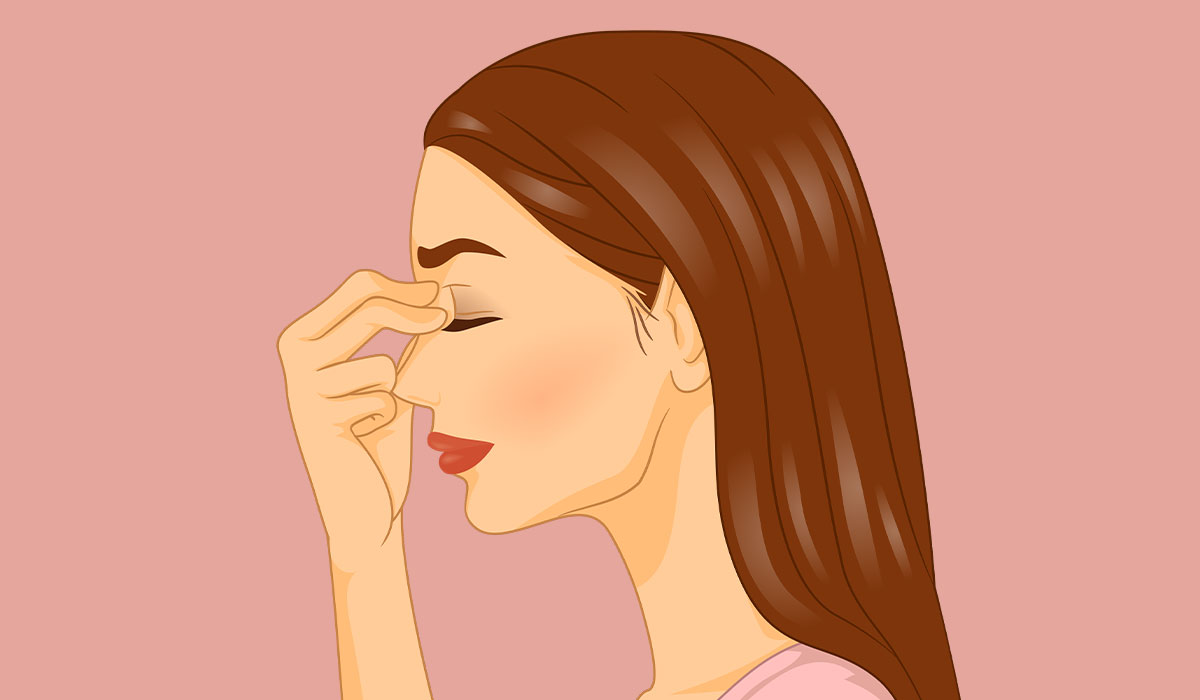
The larger part of individuals have so-called typical sinus pressure, which is responsible for the sinus pressure phenomenon, and this… read more »